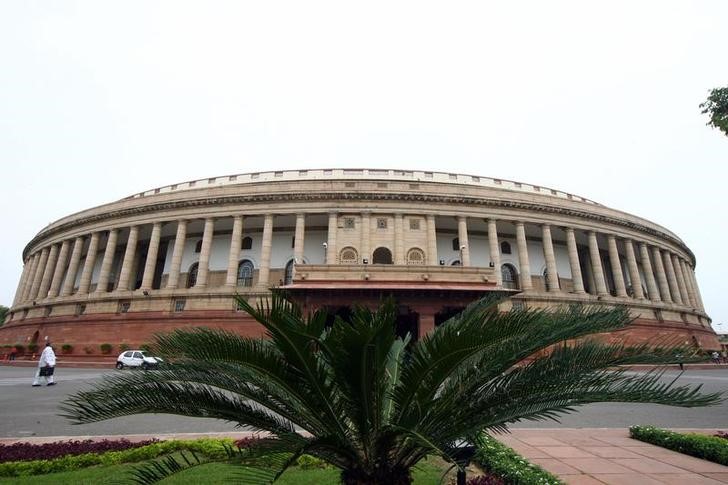This post was originally published on this site
https://i-invdn-com.akamaized.net/news/LYNXMPED0O0MH_M.jpg
Modi’s administration has repeatedly raised taxes on fuel to cushion worsening public finances. Diesel in the country’s capital now costs 20% more than it did in 2014, with levies accounting for nearly half the retail price, while gasoline is roughly priced the same as under Modi’s predecessor.
Higher prices help avoid unnecessary use of the polluting fuel, authorities have said in the past. But, as consumption takes a dangerous dip amid the coronavirus lockdown, reducing costs could have helped citizens — from factory owners to farmers — at a time when millions have lost their jobs and are living on handouts from the government or the charity of neighbors.
The latest increase came close to midnight on Tuesday, when the federal government imposed an additional levy of 13 rupees per liter on diesel and 10 rupees on gasoline. Pump prices will, however, not change, the government said. That means fuel retailers like Indian Oil Corp., Bharat Petroleum Corp. and Hindustan Petroleum Corp. would have to absorb the higher duties. The companies’ shares plunged.
Taxes collected by the federal government on diesel have swelled by seven times in the last six years while those on gasoline have nearly tripled over the same period. Brent crude is trading at about $31 a barrel, after recovering from a more than 18-year low of $19.33 on April 21.
The steep increase in taxes on the two fuels, which account for more than half of India’s oil demand, comes at a time when demand has plunged by about 70% following the world’s biggest lockdown. Asia’s third-largest economy is seen hurtling toward its first full-year contraction since 1980, as several businesses shut, forcing 122 million people out of work last month.
©2020 Bloomberg L.P.

